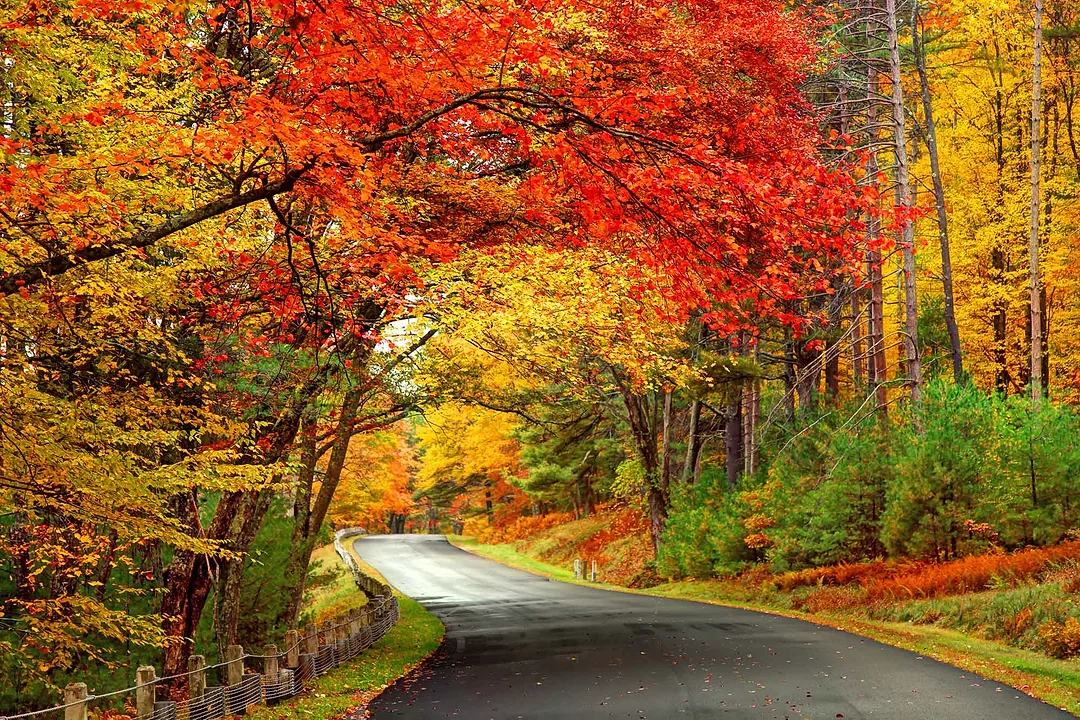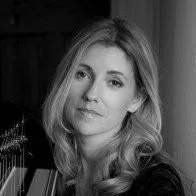
QUESTIONS
1. After meeting while attending Bowdoin College, Nathaniel Hawthorne and Franklin Pierce became lifelong friends. When Pierce became the 14th President of the United States (1853-57) he appointed Hawthorne to what role?
a) Secretary of State
b) U.S. Consul to Liverpool
c) Lead speechwriter
d) Ambassador to Italy
e) Chief Minister of Puritan Justice
Click to show the answer
a) Secretary of State
b) U.S. Consul to Liverpool
c) Lead speechwriter
d) Ambassador to Italy
e) Chief Minister of Puritan Justice
Answer: b) U.S. Consul to Liverpool.
2. An accidental massive harvest. Have you ever planted too much of something in the garden? While living at Walden Pond, in a nearby field, Henry David Thoreau grew a particular crop “the length of whose rows, added together, was seven miles….” Why he grew this massive crop was a mystery, even to Henry who wrote in Walden, “But why should I raise them? Only Heaven knows.” What was he growing?
a) Apples
b) Beans
c) Hemp
d) Huckleberries
e) Sweet corn
Click to show the answer
a) Apples
b) Beans
c) Hemp
d) Huckleberries
e) Sweet corn
Answer: b) Beans. Of the bean crop that he planted, Thoreau wrote in Walden, “I came to love my rows, my beans, though so many more than I wanted. They attached me to the earth, and so I got strength like Antæus. But why should I raise them? Only Heaven knows. This was my curious labor all summer.” [Walden, Ch. 7]
3. Concord’s statue of the minuteman farmer stands overlooking the North Bridge where the April 19, 1775, battle occurred between the King’s troops and colonists. Made by Concord resident and sculptor Daniel Chester French, the statue depicts a minuteman farmer leaving his field and, musket in hand, heading to battle. The statue was formally unveiled on the April 19, 1875, centennial of the Battle of Concord and has since been a symbol for which of the following:
a) Women’s suffrage
b) The United States National Guard
c) The Air National Guard
Click to show the answer
a) Women’s suffrage
b) The United States National Guard
c) The Air National Guard
Answer: All of them! While the minuteman farmer seems a likely emblem for military units, its image was also used by suffragettes. In a 1911 flyer titled “To the Farmers and Fruit Growers of California,” suffragette Milicent Shinn wrote, “In the War of American Independence, it was the ‘embattled farmers’ at Concord Bridge that made the first stand and fired the first shot against Taxation without Representation. The Battle Is Not Yet Fully Won. There is still one class of American citizens that is taxed without any voice of their own, and governed by officials they have had no part in choosing and laws they have had no part in making. Your own mother, your wife and sister are that class.”
4. Flint knapping is:
a) Stealing someone else’s musket
b) Priming a musket to fire
c) Making stone tools
d)
Letting flat bread rest after baking to harden
Click to show the answer
a) Stealing someone else’s musket
b) Priming a musket to fire
c) Making stone tools
d) Letting flat bread rest after baking to harden
Answer: c) Making stone tools. Used by the Pennacook tribe who inhabited Concord prior to the town’s founding in 1634, flint knapping involves chipping away at certain stones to fashion them into tools. Examples of these stone tools may be seen in the Concord Museum, or, if you are lucky, occasionally dug up around town.
5. Before Concord’s downtown Main Street existed, the stretch of road now lined with shops had been used by the Pennacook tribe as a:
a) Fishing weir
b) Trading post
c) Flint knapping factory
d) Large apple orchard
Click to show the answer
a) Fishing weir
b) Trading post
c) Flint knapping factory
d) Large apple orchard
Answer: a) Fishing weir. Modern day Concord Center was built over the mill brook. You can spot the mill brook still running its course through town. Places to look include at the back of the parking lot behind Tuttle’s Livery (45 Walden Street) and behind Main Street Café (42 Main Street) near the Keyes Road Parking lot.
6. In August of 1842, while living at the Old Manse in Concord, Nathaniel Hawthorne wrote in his journal that doing something was “like nursing and educating another person’s children.” Was he referring to:
a) Editing and reviewing someone else’s work
b) Re-writing a draft for his editor
c) Cleaning the home he was renting from the Emerson family
d) Tending his garden
Click to show the answer
a) Editing and reviewing someone else’s work
b) Re-writing a draft for his editor
c) Cleaning the home he was renting from the Emerson family
d) Tending his garden
Answer: d) Tending his garden. Nathaniel and Sophia Hawthorne married on July 9, 1842. Following the ceremony, they immediately moved to Concord, MA, where they rented the Old Manse on Monument Street. As a wedding present, Henry David Thoreau planted a large vegetable garden for the Hawthornes in the field in front of the Manse. In August of that same year, Hawthorne wrote in his journal, “I find that I am a good deal interested in our garden, although, as it was planted before we came here, I do not feel the same affection for the plants that I should if the seed had been sown by my own hands. It is something like nursing and educating another person’s children.”
7. “I’m walking here!” If you were in mid-19th century Concord and saw a horse in a field walking on a treadmill you weren’t hallucinating; you were witnessing a horse doing which of the following:
a) Training for a race
b)
Remaining fit to compete with newly arising locomotives
c) Powering a threshing machine
d) Breaking in new horseshoes
Click to show the answer
a) Training for a race
b) Remaining fit to compete with newly arising locomotives
c) Powering a threshing machine
d) Breaking in new horseshoes
Answer: c) Powering a threshing machine. Originally done by handheld flails, threshing was the act of removing grains from the stalk and chaff. In the 19th century, threshing machines arrived to help farmers in this arduous task. They could be powered by steam or horses walking on treadmills, a practice still used by some Amish farmers in America.
8. “Leaf peeping” is a common fall activity in New England. Which 19th century Concord author noted that “Europeans coming to America are surprised by the brilliancy of our autumnal foliage” and observed that “[t]he autumnal change of our woods has not made a deep impression on our own literature yet. October has hardly tinged our poetry.”
a) Louisa May Alcott
b) Ralph Waldo Emerson
c) Nathaniel Hawthorne
d) Margret Lothrop
e) Henry David Thoreau
Click to show the answer
a) Louisa May Alcott
b) Ralph Waldo Emerson
c) Nathaniel Hawthorne
d) Margret Lothrop
e) Henry David Thoreau
Answer: e) Henry David Thoreau in Autumnal Tints. Looking for a great place to leaf peep in Concord? Visit Thoreau’s Walden Pond in the fall.
9. Upon moving to the New World, the first colonist settlers in Concord were introduced to pumpkins. A Native American food staple, the colonists originally called pumpkins which of the following names?
a) Orange Bowl
b) Rondegourd
c) Pumpion
d) Jacquovine
and bonus question: Are pumpkins considered a fruit or a vegetable?
Click to show the answer
a) Orange Bowl
b) Rondegourd
c) Pumpion
d) Jacquovine
and bonus question: Are pumpkins considered a fruit or a vegetable?
Answer: c) Pompion. Bonus: Grown from seeds and on a flowering plant, pumpkins are considered fruits.
10. If you want to get ready for Halloween by reading a story featuring sentient gingerbread slaves, volcano ovens, and resurrection funerals for sugar-people, you should read a story by which author?
a) Louisa May Alcott
b) Nathaniel Hawthorne
c) Margaret Lothrop
d) Edgar Allan Poe
Click to show the answer
a) Louisa May Alcott
b) Nathaniel Hawthorne
c) Margaret Lothrop
d) Edgar Allan Poe
Answer: a) Louisa May Alcott’s story “The Candy Country.” This story starts off sweetly, with a little girl named Lily being whisked away by the wind to a sugar-based land whose inhabitants are built entirely of candy. However, the story quickly takes a dark turn as Lily starts to eat her way through the population.
Contact Barrow Bookstore for a list of sources. Barrowbookstore@gmail.com.
————————————————————————
For more than 50 years, Barrow Bookstore has been a favorite of residents and visitors alike, specializing in Concord authors and history, children’s books and literature. The shop also provides a wide array of gently read and rare titles ranging from paperbacks to first editions and original manuscripts. Staff members have all worked as tour guides and reenactors in Concord and are happy to share their knowledge about the town and its history. Discover more at barrowbookstore.com.


